Breaking the cycle of disadvantage
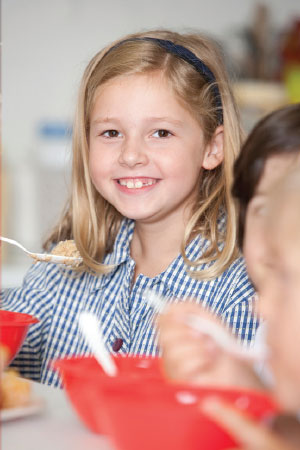
A healthy breakfast helps set up good routines and better concentration in the classroom. Around the country, our breakfast clubs serve nutritious food to primary-age children at schools in areas of most need, encouraging healthy eating and social interaction. Photo: Australian Red Cross/Rodney Dekker
We work in geographic areas of concentrated, long-term disadvantage throughout Australia, supporting communities to plan and implement local solutions to improve wellbeing.
Progressing our place-based approach
This year we continued to strengthen our place-based work in communities across Australia which experience entrenched disadvantage and consistently rank poorly on a range of health, economic and social indicators. Our work in these locations is based upon strong local interagency collaboration and encourages communities to lead the development and implementation of their own solutions. Community development awareness workshops have now been delivered to more than 900 Red Cross staff and volunteers, providing guidance on ensuring our work is strengths-based, community-driven, respectful of diversity, inclusive and accountable to those we work with.
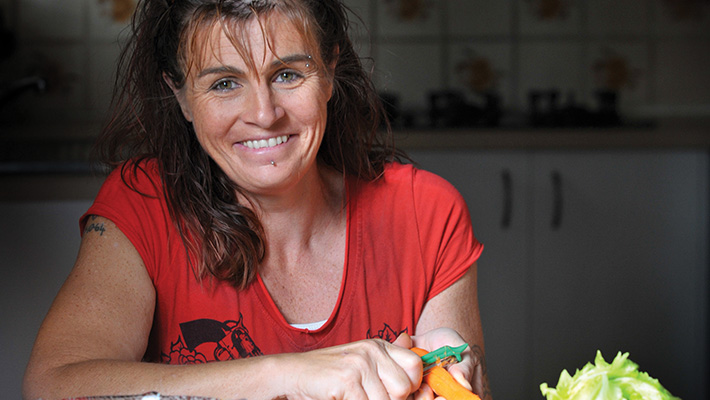
When Chelsea* turned to Red Cross for help in cooking for her four kids, she began changing her whole family for the better by building her own skills and enjoying stronger support networks. “I felt more in control, and my depression levels seemed to go down. My self-esteem has just skyrocketed, and that flows into my attitude to the kids,” she said. *This client’s name has been changed to protect the privacy of the individual. Photo: Australian Red Cross/Renae Droop
Developments in youth health and wellbeing
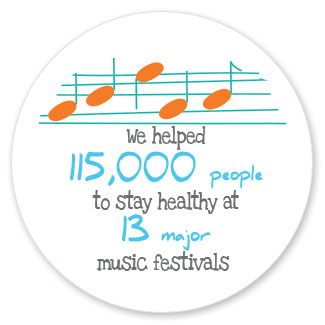
In response to an external evaluation from the Burnet Institute, we redeveloped our harm minimisation program ‘save-a-mate’, tailoring our harm prevention and health education to the specific needs of young people. We involved young decision-makers in developing new educational content and materials.
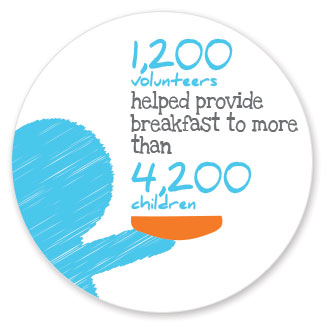
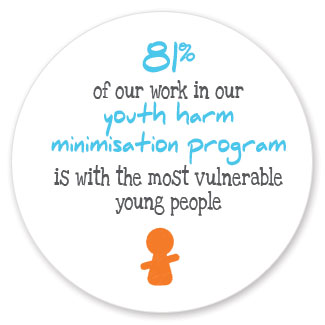
The shape of the program’s demographic has shifted over the last year to increase our focus on working with the most at-risk and vulnerable young people. We now work with 5% more young people engaged with the justice system and 8% more people in alternative education programs.
Food security
With 5% of Australia’s general population and 25% of people living in disadvantaged communities experiencing food insecurity, an important element of our strategy to reduce disadvantage remains the provision of food security resources and knowledge. We are delivering nutrition and food preparation education to more diverse groups of people than ever before. This year the program targeted Aboriginal and Torres Strait Islander peoples, people from culturally and linguistically diverse communities, migrants, refugees, prisoners, elderly people, people living with mental illness, and youth. We also continued providing both nutritious food and information on healthy choices to primary school children in 182 locations around Australia. This helps to secure the future health of children through early intervention and prevention, as well as supporting kids to start their school day ready to learn.
We joined two other leading health organisations, the Dietitians Association of Australia and the Public Health Association of Australia, to draw attention to the health gap between Aboriginal and Torres Strait Islander peoples and other Australians due to food insecurity. The Food Security for Aboriginal and Torres Strait Islander Peoples policy was launched at Parliament House in Canberra in December 2013, providing a strong policy platform for urgent action to address the unacceptable food and diet-related health gap between Aboriginal and Torres Strait Islander peoples and other Australians.
“In all Divisions, Branch members participated in a wide range of community service activities including delivery of Meals on Wheels, provision of transport to and from hospitals, often using the members’ own cars, hospital visiting, assisting disaster victims, working in hospital canteens, assisting at medical loan centres and in many other activities.”
1973-1974 Annual Report


Let us know what you think
Any feedback or complaints about Red Cross or its work can be made at redcross.org.au or by calling 1800 811 700. Red Cross invites any feedback you may have regarding the Year in Review 2013/2014. Contact the editorial team at publications@redcross.org.au